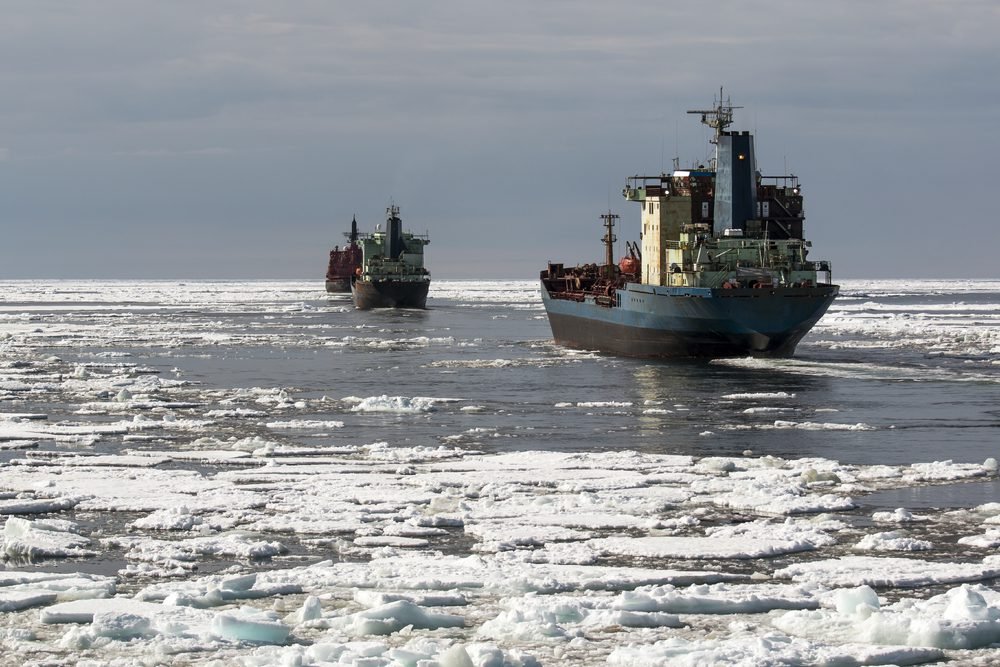
A new report released today by Pacific Environment highlights the urgent need to address black carbon emissions from increasing Arctic shipping traffic.
Maritime traffic in Arctic waters has seen a dramatic surge, with vessel distance traveled increasing 108% from 6.51 million to 12.7 million nautical miles between 2013 and 2024. The number of vessels entering Arctic waters rose 37% during this period, from 1,298 to 1,781 vessels.
The release of the report comes ahead a critical International Maritime Organization subcommittee hearing in February to address the use of cleaner fuels in the Arctic.
“Despite more than a decade and a half of debate, U.N.’s maritime shipping body the IMO continues to ignore the simple solution: require ships to immediately switch to cleaner fuels when operating in the Arctic,” said Kay Brown, Arctic policy director at Pacific Environment.
The issue is particularly critical as retreating sea ice opens new shipping lanes and extends the shipping season. Most vessels currently use residual fuels, which produce high concentrations of black carbon when burned. These emissions have a warming impact up to 1,500 times greater than CO2 and accelerate snow and ice melt in the Arctic region.
The International Maritime Organization’s Pollution Prevention and Response subcommittee (PPR13) will meet in February 2026 to consider mandatory requirements for ships to switch from residual fuels to cleaner “polar fuels” when operating in Arctic waters.
Beyond environmental impacts, black carbon poses significant health risks to Arctic communities, contributing to cardiovascular disease, respiratory illness, and premature mortality. These emissions particularly affect Indigenous populations who rely on traditional hunting and fishing practices.
Sign up for gCaptain’s newsletter and never miss an update